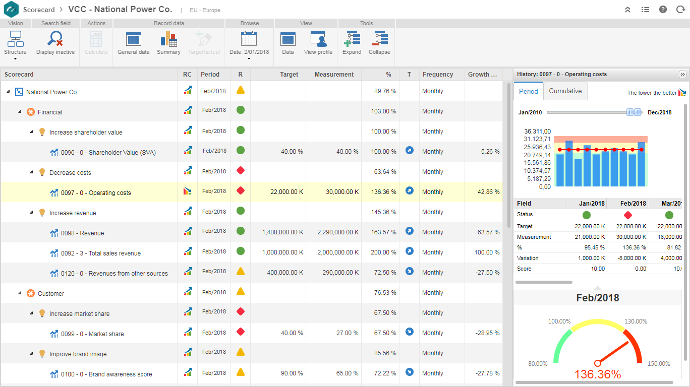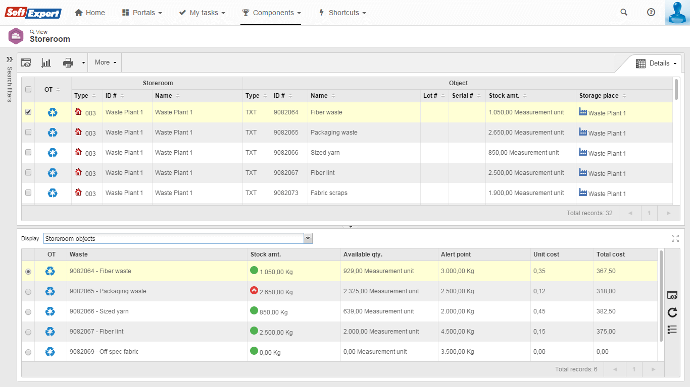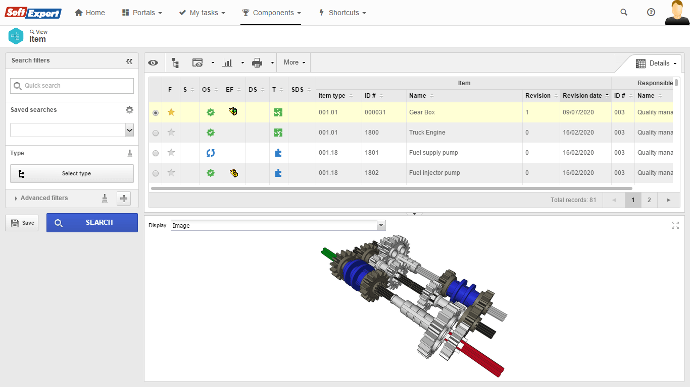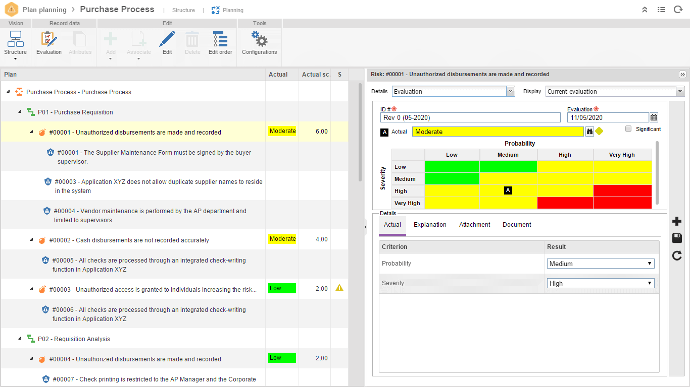Venta Minorista
El sector del mercado minorista es el principal propulsor de la economía en muchos países. Parte de esa percepción se basa en indicadores económicos mundiales que muestran la constante evolución del mercado. Estos cambios hacen con que las organizaciones enfrenten desafíos constantemente en la gestión de la cadena de abastecimiento, reducción de costos, gestión de normas y reglamentaciones, análisis de datos y la rotatividad de funcionarios, sólo para citar algunos.
En BP&C contamos con una amplia experiencia en Retail, gestionando, optimizando y automatizando procesos al igual que ofreciendo diferentes soluciones tecnológicas para satisfacer las necesidades de la industria. Desde sistemas transaccionales (ERP, CRM, WMS, PLM, Maintenance...) a sistemas de conformidad reglamentaria (CPM, GRC, Auditoría, Ambiental...).
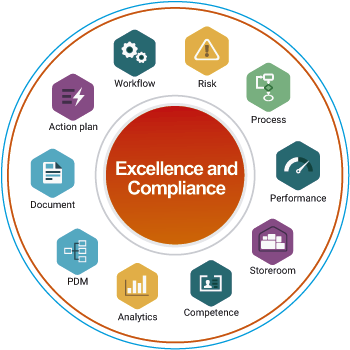
Soluciones para Retail
que atienden las necesidades específicas de la industria del mercado minorista en todos los aspectos. Desde el control de documentos, gestión de riesgos, indicadores de desempeño, gestión de proyectos, activos, ciclo de vida de producto y mucho más.
Reduce el costo de la conformidad normativa y ayuda a las empresas a aumentar el éxito, la productividad, a reducir los riesgos y a adherir a varias normas.
Permite que el sector analice y mejore continuamente la eficiencia de las operaciones, integrando en una única plataforma estructuras de gestión diferentes.
Ofrece a los equipos la visión de su papel desde el inicio al fin de las actividades. Los equipos se vuelven más capaces de reconocer las oportunidades y acompañar los dramáticos cambios en el ambiente competitivo de la industria. El software es un poderoso soporte para colaboración, yendo más allá de los límites organizacionales, permitiéndoles a los profesionales que desempeñen un papel importante en el perfeccionamiento de la forma con la que la organización atiende a sus clientes.
Simplifica y estandariza la gestión de conformidades a través de una plataforma en línea de software que funciona como un punto central de acceso a toda la documentación actualizada, indicadores de desempeño, políticas, modelos, procedimientos y tareas.
- Gestión eficaz de Bill of Materials (BOM).
- Administración de no-conformidades.
- Control de revisión de la documentación del Ítem.
- Ambiente de colaboración para definir detalles de los procesos de negocios, como entradas/salidas, recursos, costos, duración y calendarios específicos.
- Herramienta gráfica para modelado de procesos que permite a los usuarios diseñar, administrar y modificar los flujos de trabajo para satisfacer mejor las necesidades del negocio.
- Diversas maneras para análisis dos riesgos (cuantitativa, cualitativa y matriz de riesgos).
- Acompañamiento histórico de la administración de riesgos.
- Fallas potenciales para ayudar a identificar y mitigar los problemas potenciales y los riesgos sistémicos.
- Administrando de todo el ciclo de vida de los documentos de forma estructurada y segura, desde la creación hasta su archivamiento o descarte.
- Registro de ocurrencias como: buenas prácticas, oportunidades de mejora, observaciones y no conformidades evidenciadas durante la realización de la auditoría.
- Más agilidad en la planificación, la ejecución y el acompañamiento de las actividades individuales y planes de acción.
- Agenda de manutenciones preventivas.
- Administración total de la manutención vía Orden de Servicio.
- Cálculo automático de costos por técnico, equipo, actividad, orden de servicio, período, equipo de mantenimiento, costo estimado de servicio, etc.
- Cálculo de los indicadores MTTR, MTBF, Tasa de Falla y Disponibilidad do Equipamiento.
- Extrae datos de sistemas ERP existentes, otras aplicaciones de transacciones comerciales, bases de datos relacionales y archivos de datos.
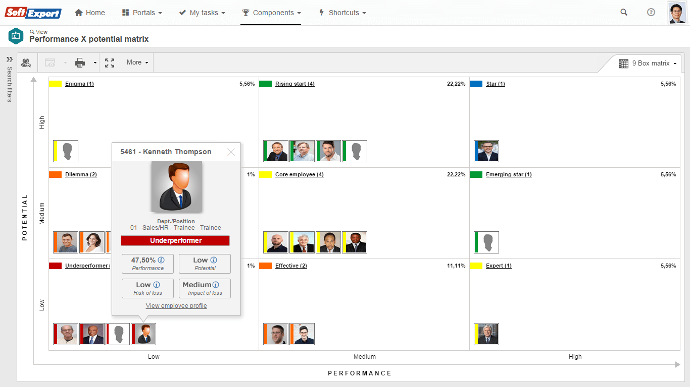 Matriz desempeño x potencial (9 Box)
Matriz desempeño x potencial (9 Box)